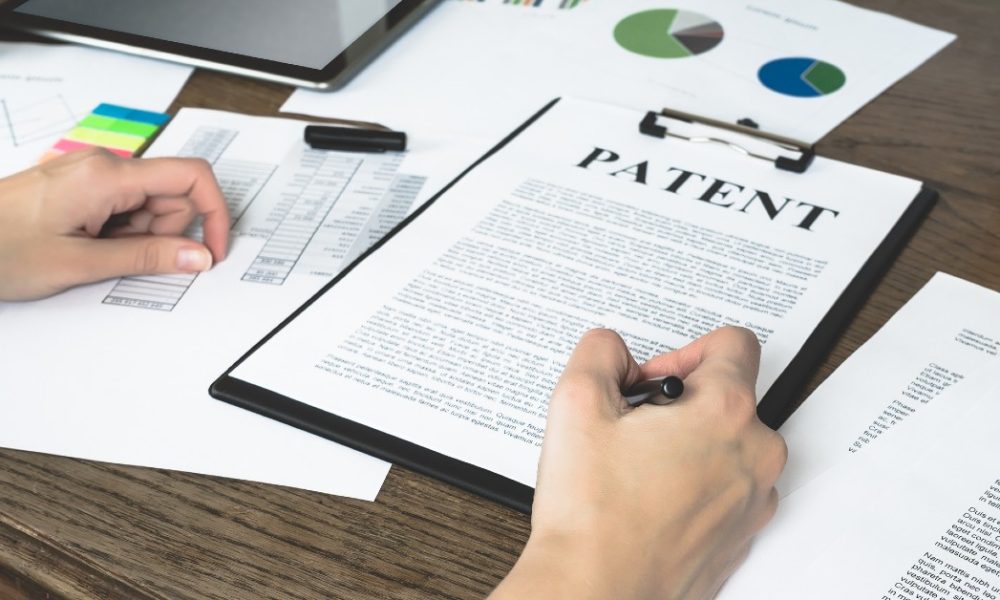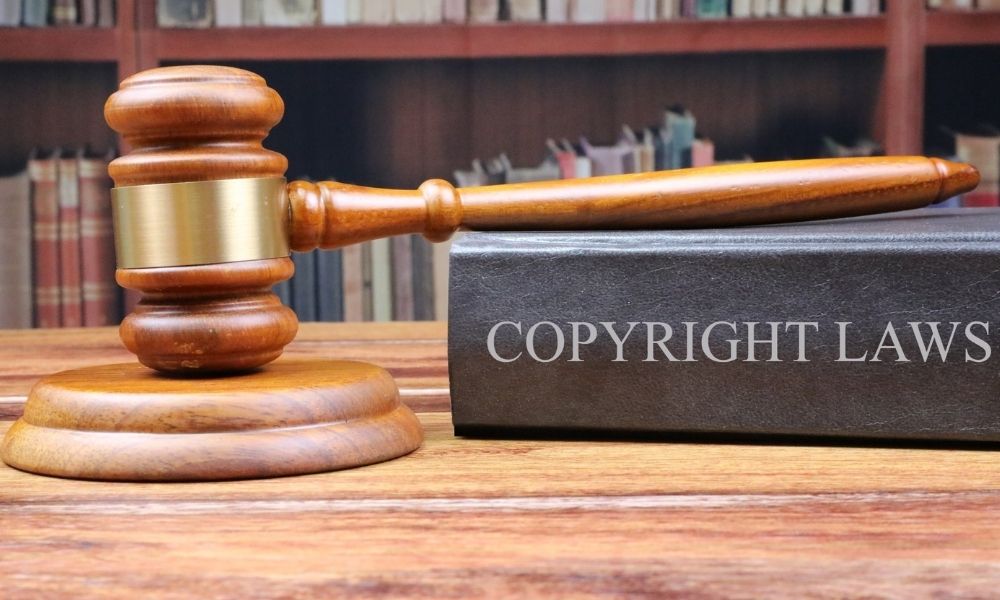In today’s digital age, user-generated content has become a widespread phenomenon. With the rise of social media, anyone can create and share their own content with the world. However, this has led to a number of legal issues surrounding the use of copyrighted material in user-generated content.
One of the most important legal concepts to understand when creating user-generated content is fair use. Fair use is a legal doctrine that allows the use of copyrighted material without obtaining permission from the copyright owner. However, there are certain limitations and conditions under which fair use can be applied.
What is Fair Use?
Fair use is a legal doctrine that allows for the limited use of copyrighted material without obtaining permission from the copyright owner. The purpose of fair use is to encourage the creation of new works and allow for the free flow of information and ideas.
According to the United States Copyright Office, there are four factors that must be considered when determining whether a particular use of copyrighted material is fair:
- The purpose and character of the use, including whether the use is commercial or non-profit;
- The nature of the copyrighted work;
- The amount and substantiality of the portion used in relation to the copyrighted work as a whole; and
- The effect of the use on the potential market for or value of the copyrighted work.
These factors are not exclusive and must be considered on a case-by-case basis.
Examples of Fair Use in User-Generated Content

There are many examples of fair use in user-generated content. Some common examples include:
- Parodies and satires of copyrighted works;
- Commentary or criticism of copyrighted works;
- News reporting and journalism;
- Educational uses, such as in classroom settings;
- Research and scholarship.
However, it’s important to note that fair use is not a blanket exemption from copyright law. Each use of copyrighted material must be evaluated on its own merits and in the context of the specific situation.
How to Determine Fair Use
Determining fair use can be a complex process, but there are a few general guidelines that can be followed:
- Consider the purpose and character of the use. Is it transformative or derivative? Is it commercial or non-profit?
- Consider the nature of the copyrighted work. Is it highly creative or more factual in nature?
- Consider the amount and substantiality of the portion used in relation to the whole. Is it a small portion or a significant amount?
- Consider the effect of the use on the potential market for the copyrighted work. Will it harm the market or value of the original work?
If you are unsure whether your use of copyrighted material constitutes fair use, it may be best to seek legal advice or obtain permission from the copyright owner.
Fair use is an important legal concept to understand when creating user-generated content. While it can be a complex and nuanced area of law, it is essential to ensure that your use of copyrighted material is legal and ethical. By considering the four factors of fair use and following general guidelines, you can create content that is both original and legally sound.



